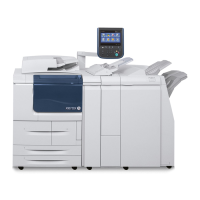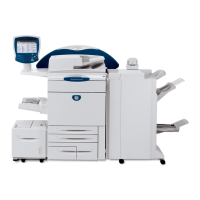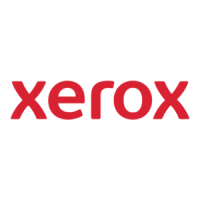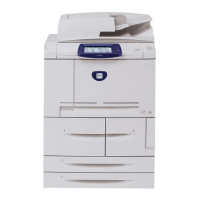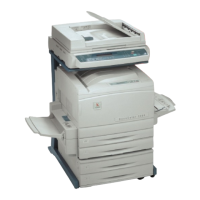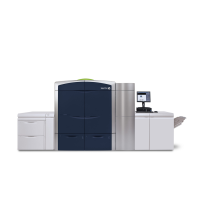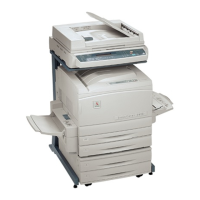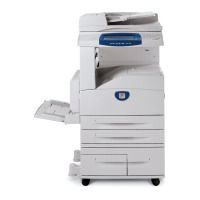Xerox® Security Guide for Light Production Mono Class Products
for the controller side is unknown. Also, the port is not open on the controller all the time but will
open only at time of accessing the remote server.
Ports 20, 21: FTP
There are cases where this port is used as an FTP client feature or as an FTP server feature.
When it is used as an FTP client feature, this port is not open all of the time. This port is open only
when sending image data to the FTP server to perform ScanToFTP and MailboxToFTP functions,
or when accessing the FTP server to search for Scan Job Flow Sheets (i.e. Scan job Flow
Sheets). In other cases, no ports are connected to the FTP server.
FTP server feature is activated only when FreeFlow feature is enabled. Port 21 is open at all times
and Port 20 opens only when receiving image data from the FTP client. A service engineer can
configure these port numbers. A system administrator can disable these ports and service (turn
FTP ports OFF/ON) from CentreWare Internet Services.
Port 25: SMTP
This port enables E-mail Print feature, and is open all of the time when the receive protocol is set
to SMTP. Also, this port is open when sending image or message to SMTP server in Scan to E-
mail, or Email Alert feature. When “SMTP Authentication” is set, authentication to the server is
performed. In such case, a password is sent in plain text or as encrypted according to the
information notified by the server. A system administrator can change the port number from
CentreWare Internet Services.
Port 53: DNS
This port is used for DNS. This port is used for name queries to the DNS server when the product
accesses the device designated by the device name. This port is also used to register device
names in DNS server (authoritative server) to update the DNS dynamically. A system
administrator can disable only DNS dynamic update service from CentreWare Internet Services.
Port 67: DHCP
This port is used only when performing DHCP, and is not open all of the time. To permanently
close this port, DHCP must be explicitly disabled. This is done via the Local User Interface or
CentreWare Internet Services by a system administrator.
Port 80: HTTP (CWIS)
This port is used to access embedded web pages through browser. The port number can be
changed from CentreWare Internet Services by a system administrator.
The embedded web pages are used for the following purposes:
to give information on device status to users.
to enable confirmation of the job logs and job queue in the device, and operation of the jobs.
to allow users to download print ready files and program Scan Job Flow Sheets.
to enable management of Mailboxes and operation on the documents in Mailboxes.
to enable import/export of Address Book and import of device certificate.
to allow remote administration of the device. User may view the properties but not change them
without logging into the product with system administrator privileges. When authentication of a
system administrator fails for the specified number of times consecutively, rebooting of the entire
product is required.
